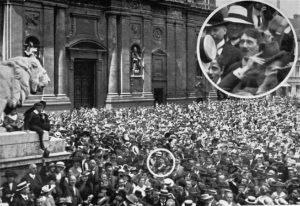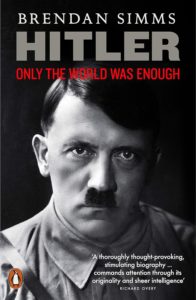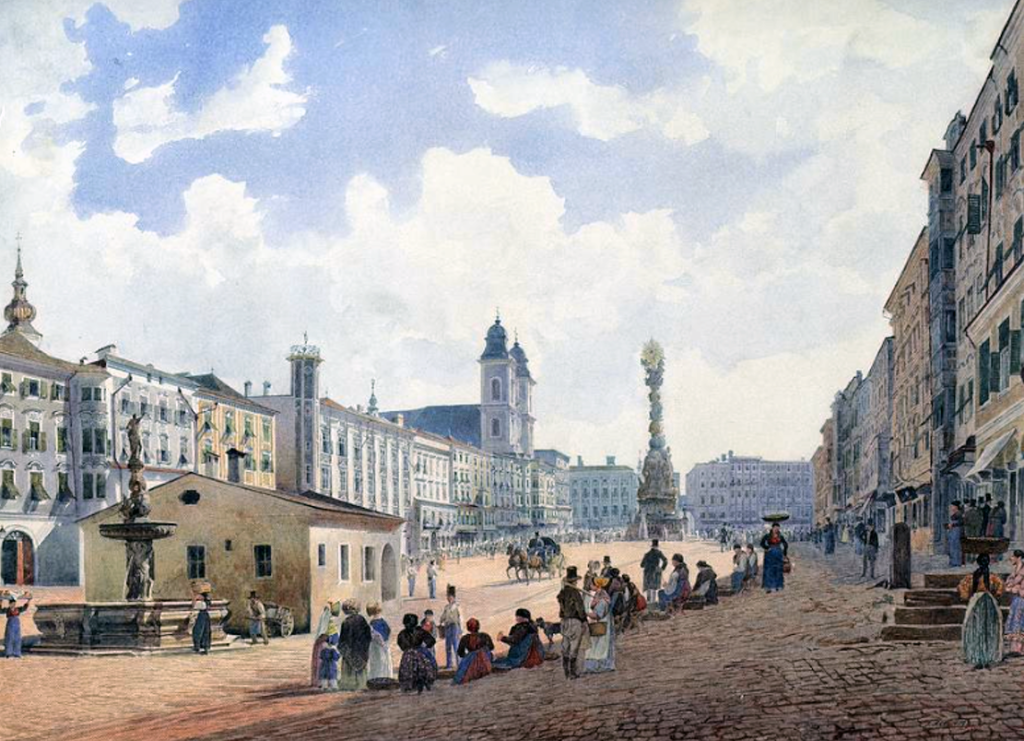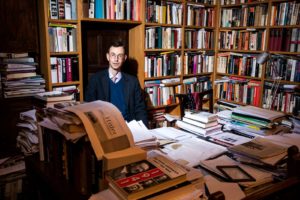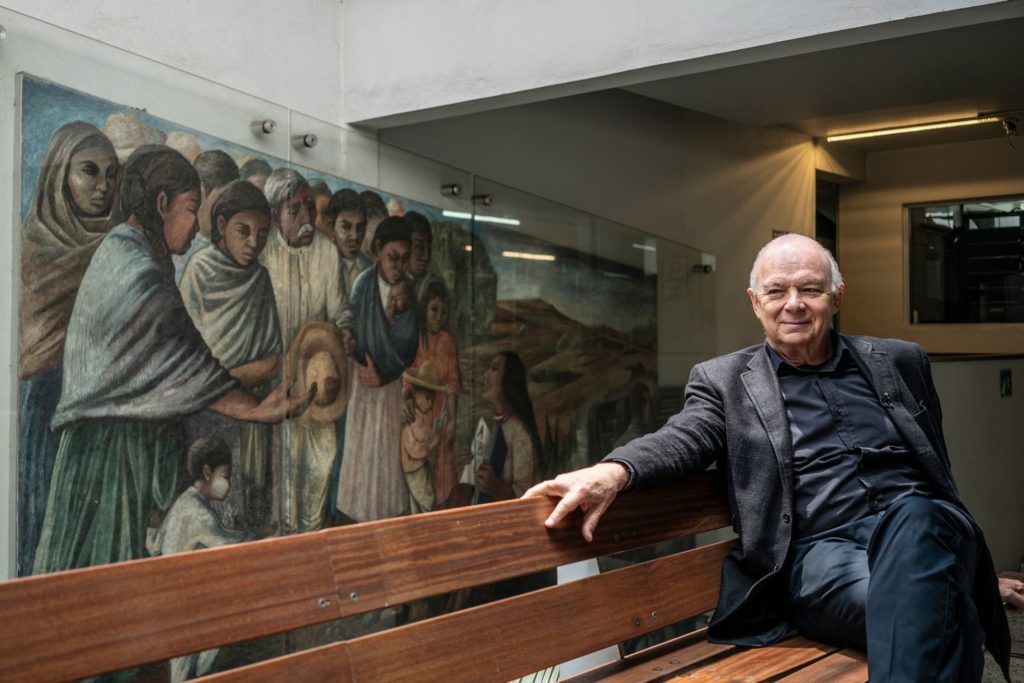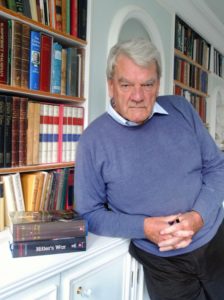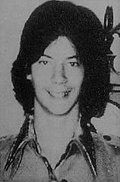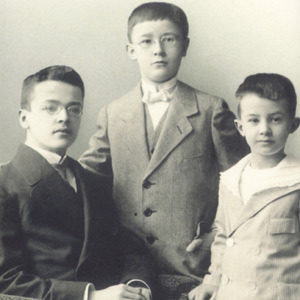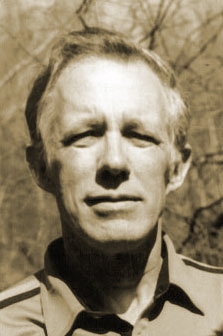The second chapter of Brendan Simms’ book is entitled ‘Against a World of Enemies’. Although I will follow the prose of his abridged paragraphs closely, in order not to violate the copyright of his book I will be rephrasing it (and perhaps I will do the same with the rest of the book Hitler: Only the World Was Enough). Although my paraphrases closely follow Simms’ abbreviated paragraphs, only when I quote him verbatim will I indent the quotations.
This latest Hitler biographer, who as I said in a previous post published his book in 2019, begins his chapter by saying that the young Adolf reacted enthusiastically to the outbreak of the First World War, and although he doesn’t publish the following photograph, he mentions it:
Adolf Hitler attends a rally in the Odeonsplatz
to celebrate the declaration of war in 1914.
The enthusiastic Hitler volunteered to fight with the Bavarian army and was drafted into a regiment known as the List Regiment, the name of its commander, which included not only volunteers but also forced recruits. During weeks of training, Hitler learned to use the regulation rifle and was then sent to reinforce the German advance through Belgium and northern France.
Hitler did not, in other words, react to the outbreak of war by disappearing. Instead, he immediately volunteered for the German (technically, the Bavarian) army, an unusual choice. In August 1914, therefore, Hitler definitively turned his back not just on Austria-Hungary, but opted decisively for Germany. It was his first major documented political statement.
But the curious thing is that, at this point, Hitler’s main enemy was England. The first letter on record after enlistment announces his hope that he ‘would get to England’ apparently as a German invasion force. The target was not the Tsarist Empire, although the Russians were at that time a danger to Prussia.
The List Regiment did indeed encounter the British at Geluveld, Wytschate and Messines in the Belgian region of Flanders. Hitler took part in several frontal attacks. He himself refers to ‘heaviest battles’. Despite an initial triumph, the Bavarians were eventually driven out of Geluveld. Hitler was promoted to Gefreiter, Private First Class. Since then he claimed ‘I can say that I risked my life daily and looked death in the eye’. On 2 December Hitler was awarded the Iron Cross Second Class. ‘It was’, he wrote, ‘the happiest day of my life’.
In a letter of February 1915, Hitler lamented the loss of life in a struggle against a ‘world of international enemies’ and expressed the hope not only that ‘Germany’s external enemy’ would be crushed but that her ‘inner internationalism would disintegrate’. These were times when the word globalisation wasn’t yet in use. In the following letter from mid-1915 Hitler recounted a bomb hit from which he was ‘rescued as by a miracle’, and rejoiced that Germany was ‘at last mobilising opinion against England’, further evidence of his concern about Great Britain.
Hitler’s next major battle, in March 1915, was preceded by even more massive bombardments by the British, followed by the first encounter with Imperial troops from the Indian Army. A month later Hitler had to face more Empire units, especially Canadian ones. In time, the array of exotic helmets in the enemy trenches—including turbans and beaked hats—gave the men of the List Regiment the sad impression that the world was up in arms against them (something that would be repeated in the Second World War). This truthful impression was reinforced the following year. Hitler was back in action in French Flanders in May-June 1916. This time the List Regiment had to face Australians and New Zealanders.
The Bavarians were once again discouraged to find themselves grappling with men who had travelled from the far side of the world to fight them in Flanders. Worse still, as Hitler’s comrade Adolf Meyer recalled, some of the Australians were of German descent. One of his captives ‘not only spoke excellent German, but wore my own name of Meyer into the bargain. Understandably: His father was a German, who had immigrated to Australia as a child with his parents and later married an English woman there’.
Subsequently, the List Regiment suffered the final stages of the Battle of the Somme. Hitler’s bunker was hit by a British artillery barrage, wounding him in the left upper thigh. While the wound wasn’t life-threatening, it was serious enough for him to be evacuated. Hitler was sent to the Beelitz military hospital in Berlin to recover.
